16 July 2025
Key Insights into Bali’s Property Market Trends for 2025
4 Minutes Read
Bali has long captured the hearts of travelers and investors alike with its tropical beauty, spiritual atmosphere, and vibrant cultural life. Over the past decade, the island has become more than just a tourist hotspot, it has grown into a global lifestyle destination and a serious investment playground.
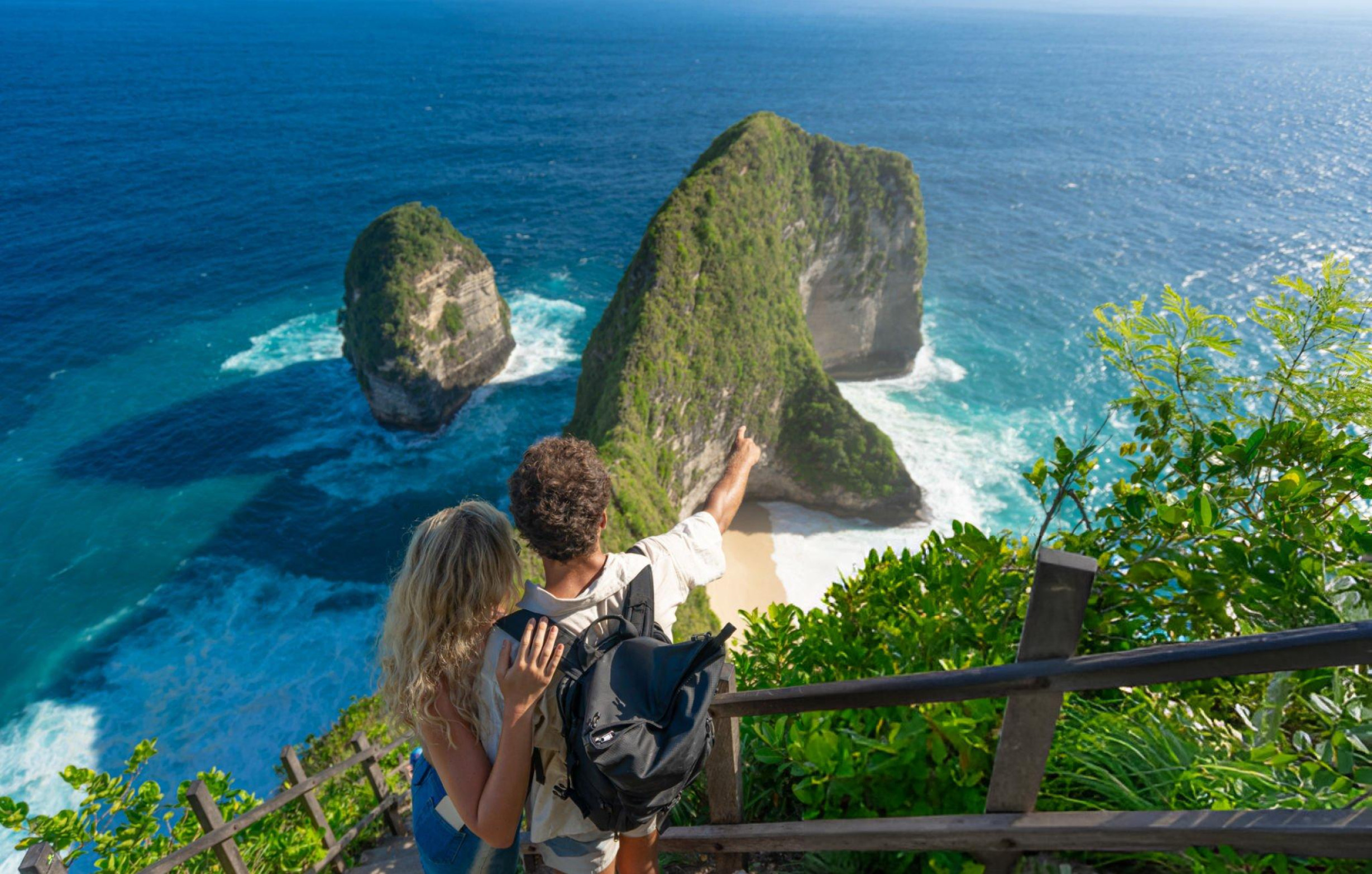
Let’s take a closer look at the most important insights shaping Bali’s property market this year and explore how they can help you make informed, profitable decisions.
Rising Demand Beyond Traditional Hotspots
While areas like Seminyak and Canggu have become iconic for their beach clubs and lively nightlife, the rapid development has brought challenges: higher land costs, traffic congestion, and increasing competition among property owners. As a result, many investors are now looking toward less-saturated areas that promise tranquility, authenticity, and future growth. This trend has given rise to interest in places like:
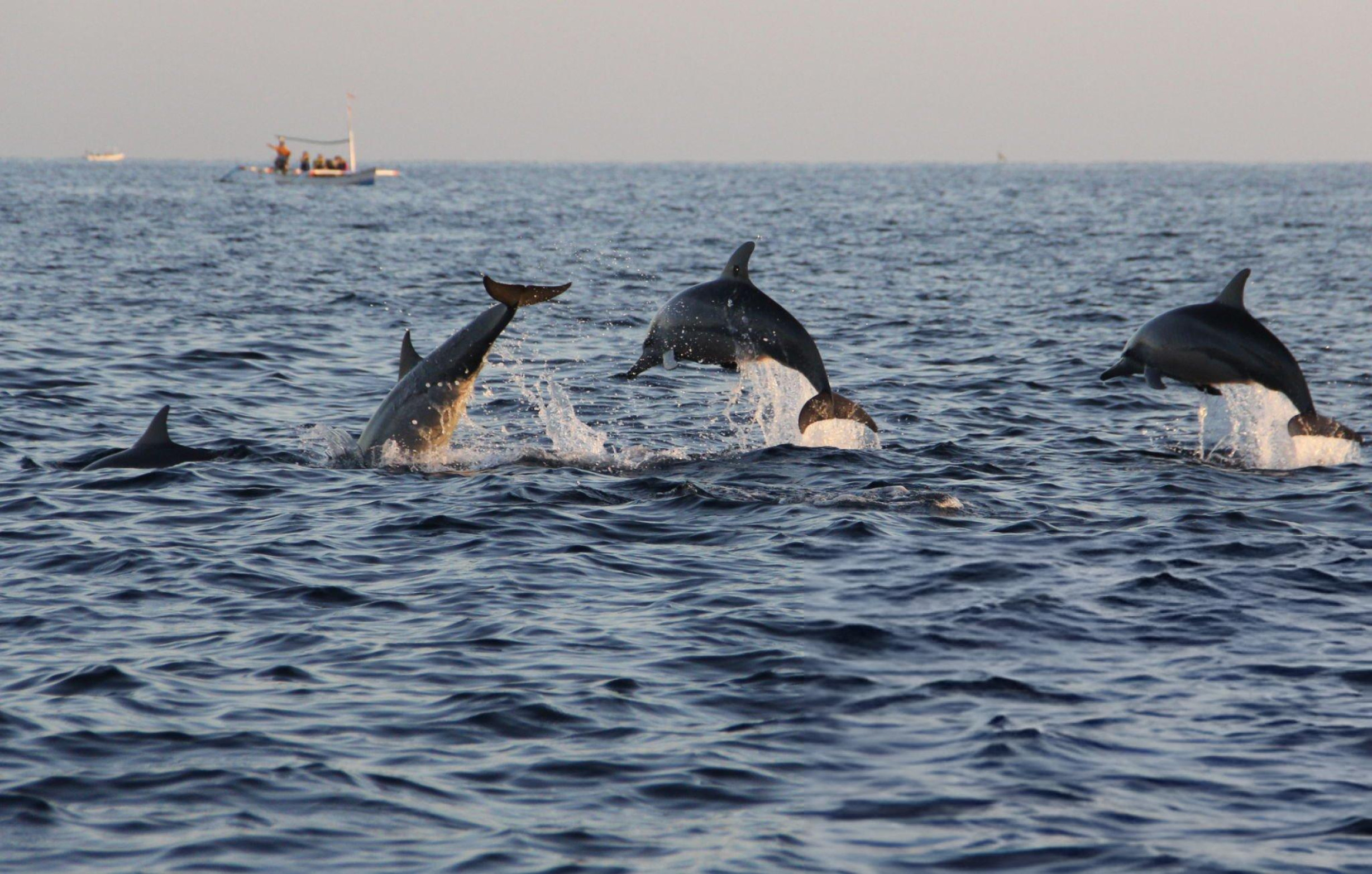
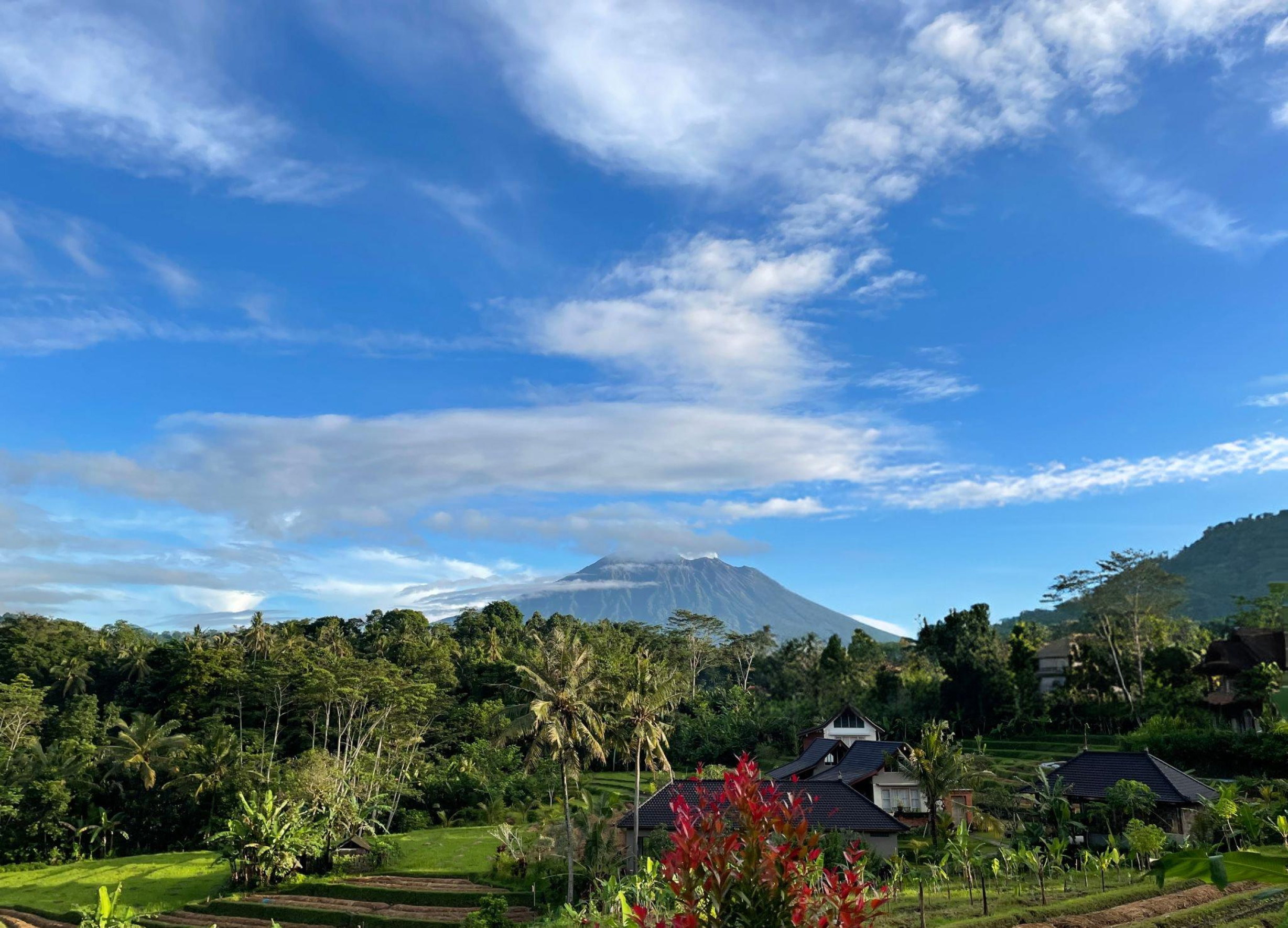
- East Bali (Sidemen, Amed): These areas combine lush rice terraces with diving spots, appealing to nature lovers and boutique retreat operators.
- West Bali (Pekutatan): With the development of the Gilimanuk-Mengwi toll road, West Bali’s pristine coastline is becoming far more accessible, making it a strong candidate for future luxury projects.
A Strong Focus on Sustainability and Eco-Conscious Developments
The island’s timeless beauty is inseparable from how it embraces and preserves its natural surroundings. Now, that connection is driving new demand for sustainable and eco-conscious developments.

- Eco-friendly building practices (solar panels, rainwater systems).
- Natural material and low-impact design.
- Landscaped gardens and dedicated wellness zones that foster a stronger bond with nature.
Beyond simply attracting tenants, eco-focused properties also often achieve higher nightly rates and enjoy stronger long-term value appreciation. It’s a win-win strategy for forward-thinking investors.
Shift in Buyer Profiles: From Short-Term Speculators to Long-Term Lifestyle Investors
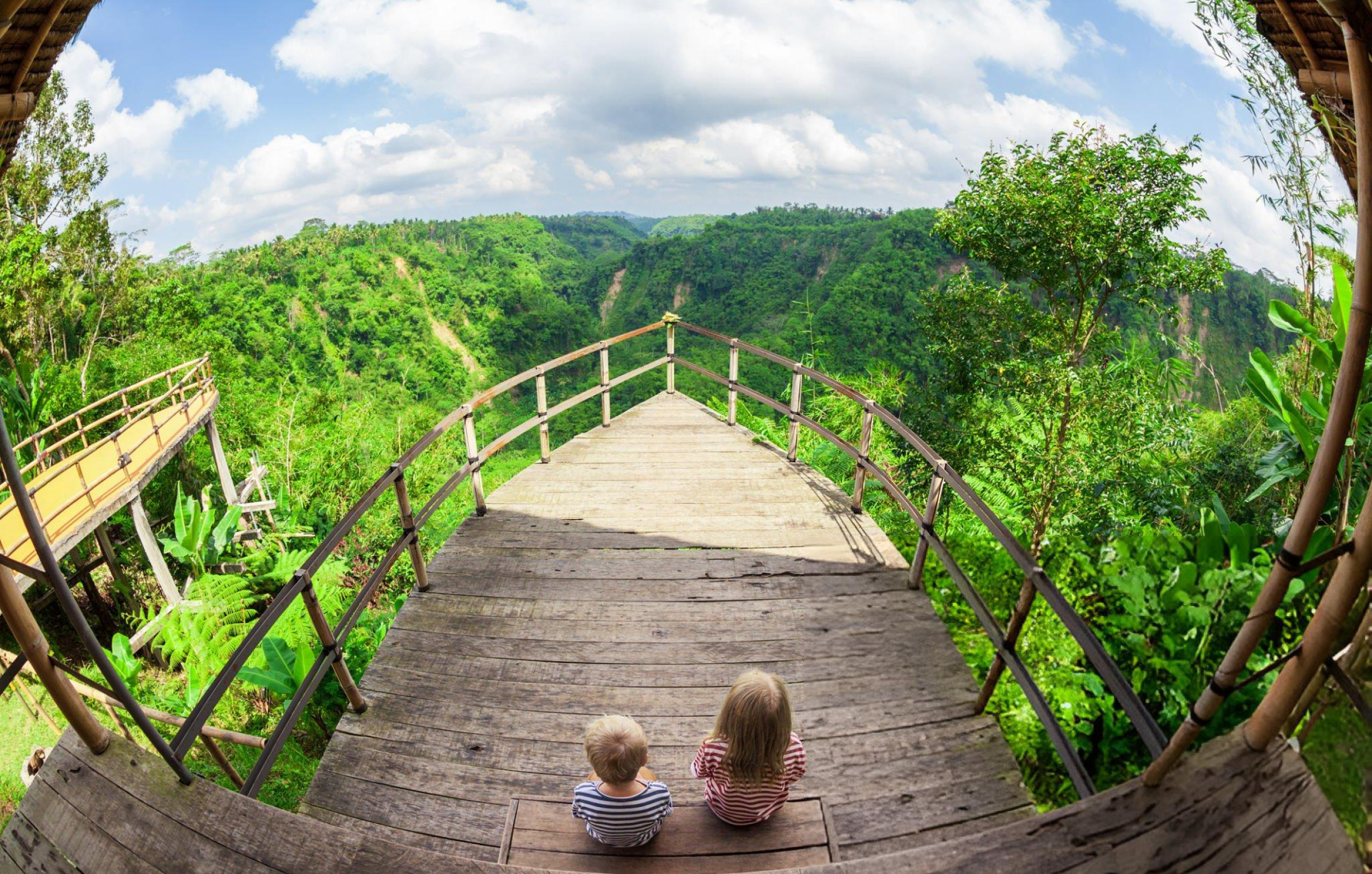
- Digital nomads and remote workers who want a base in Bali with strong internet, coworking facilities, and leisure options.
- Families and semi-retirees seeking part-time or full-time residence in a peaceful, culturally rich environment.
- Wellness-focused buyers interested in properties that support health and mindfulness.
This changing demographic means there’s growing demand for long-term rental products, flexible living arrangements, and hybrid-use properties that blend personal use with rental income.
Demand for Unique Experiences and Hybrid Use Properties

- Villas with in-house yoga studios or organic gardens.
- Boutique stays that double as creative retreats or coworking hubs.
- Family-friendly compounds offering communal play areas and shared facilities.
By creating these multi-layered experiences, owners can increase occupancy rates and attract premium rates year-round.
Supportive Regulatory Developments
Indonesia’s property regulations have long been a sticking point for foreign investors. However, recent policy changes are creating a more welcoming environment.
- Hak Pakai (Right to Use): Provides foreigners with official rights to utilize and reside on land for an agreed period.
- PT PMA structures: Allows foreign-owned companies to legally control land and establish business operations within Indonesia.
- Second home visa schemes: Promote longer stays and simplify residency for high-net-worth individuals.
Understanding these frameworks is critical for ensuring your investment is secure and compliant, another reason working with local experts is vital.
Why Now Is the Right Time to Act
The convergence of lifestyle-driven demand, infrastructure expansion, and new legal flexibility makes 2025 an ideal moment to act. Early investors in emerging regions often enjoy exponential appreciation, while those who wait too long may find themselves priced out.
However, timing alone isn’t enough. The key to success lies in having an expert partner who can help navigate the market, identify the best areas, and ensure smooth legal processes.
Partner with Koskaki to Navigate Bali’s Evolving Market
At Koskaki, we specialize in helping investors identify high-potential locations, design value-driven projects, and manage properties for maximum returns. Our team combines local expertise with global standards, ensuring you avoid common pitfalls and achieve sustainable, long-term growth. Whether you’re an experienced investor or just starting to explore Bali, understanding these 2025 market trends will empower you to make smart, future-proof decisions.
Contact Koskaki today to discuss your goals, discover hidden opportunities, and turn your Bali investment dream into a thriving reality.
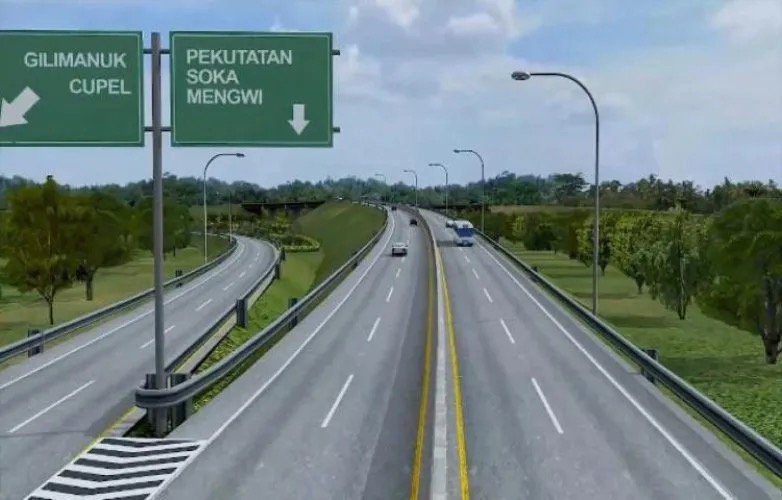
Share This Article to :